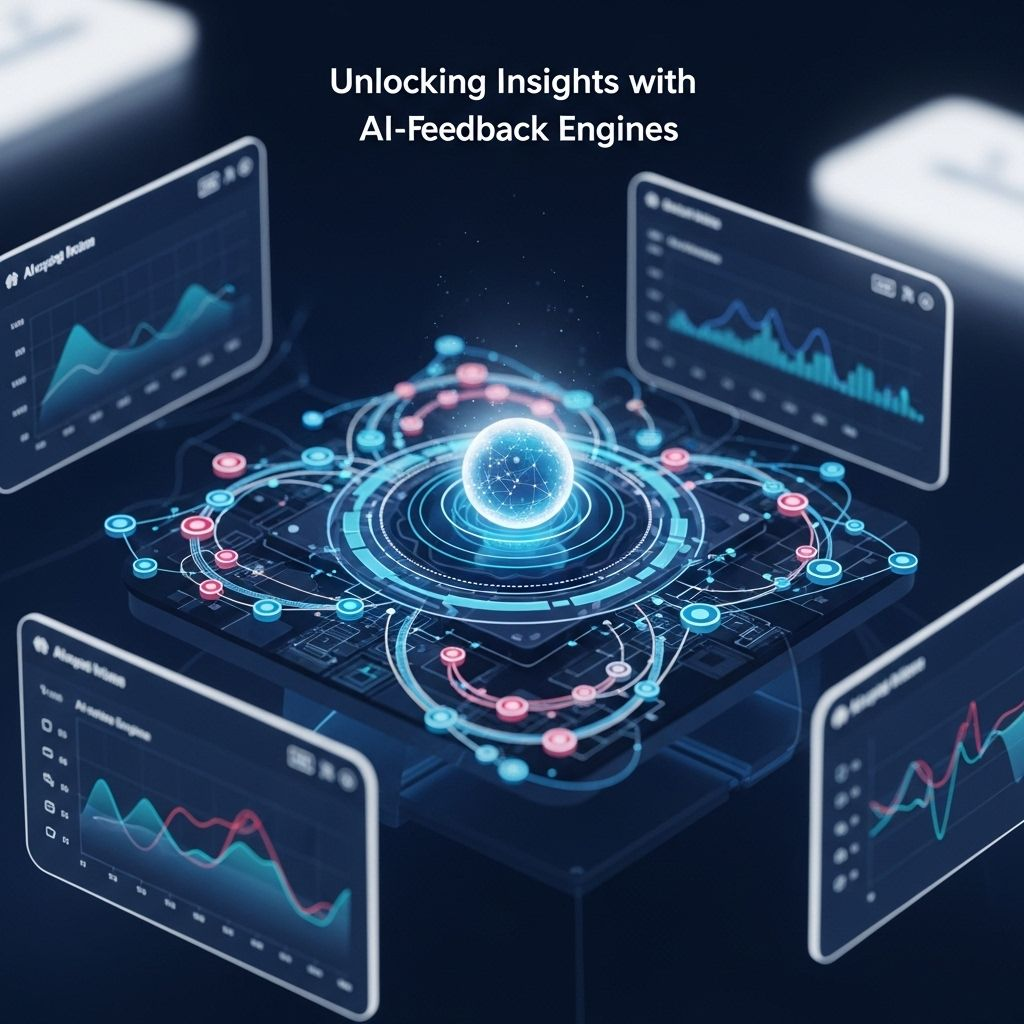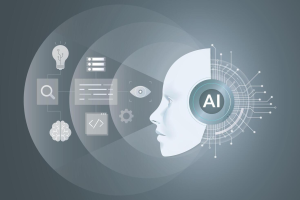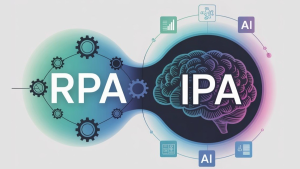Automated Knowledge Engines empower modern enterprises with intelligent insights, real-time knowledge automation, and AI-driven decision-making. Explore how AKEs transform data into actionable intelligence for speed, efficiency, and growth.

Automated Knowledge Engines: The Ultimate Guide to Unlocking Intelligent Insights in Modern Enterprises
Automated Knowledge Engines (AKEs) are redefining how enterprises capture, integrate, and utilize organizational intelligence. As businesses generate massive volumes of data, traditional knowledge systems fail to keep up. Automated Knowledge Engines solve this challenge by consolidating fragmented data, extracting meaning, and delivering intelligent, actionable insights across the enterprise.
-
Introduction: The Era of Intelligent Knowledge Systems
-
Core Components of Automated Knowledge Engines
-
Knowledge Ingestion & Integration
-
Natural Language Understanding
-
Machine Learning & Predictive Insights
-
Automated Knowledge Synthesis
-
User Experience & Accessibility
-
-
Technologies Powering Automated Knowledge Engines
-
Business Benefits of Automated Knowledge Engines
-
Industry Use Cases of AKEs
-
Challenges & Considerations
-
The Future of Automated Knowledge Engines
-
Conclusion
-
Internal & External Links
-
Optimized Image Suggestions
In the modern enterprise, knowledge is no longer simply stored—it is a strategic asset, a competitive differentiator, and the foundation of intelligent decision-making. Yet, in 2025, organizations continue to face the pervasive challenge of fragmented knowledge. Critical information resides in siloed databases, outdated document management systems, legacy applications, and sprawling departmental repositories. This fragmentation not only slows decision-making but also diminishes productivity, reduces operational efficiency, and increases the risk of misinformed strategies.
Enter Automated Knowledge Engines (AKEs)—AI-powered platforms designed to consolidate, understand, and deliver actionable insights from vast and diverse datasets. By combining artificial intelligence, machine learning, and natural language processing, AKEs can autonomously collect, process, and synthesize enterprise knowledge into an accessible, organized, and actionable form.
In 2025, automated knowledge management is no longer optional—it is critical. Businesses that implement AKEs gain the ability to respond to emerging trends with agility, empower employees with faster insights, enhance customer experiences, and unlock a new layer of operational intelligence that drives sustainable growth.
Core Components of Automated Knowledge Engines
Automated Knowledge Engines operate through a combination of core components that together enable intelligent, scalable, and self-learning knowledge management.
Knowledge Ingestion & Integration <a name=”knowledge-ingestion”></a>
At the heart of every AKE is the ability to ingest and integrate knowledge from diverse sources. Modern enterprises generate an enormous volume of structured and unstructured data: emails, reports, CRM records, ERP systems, meeting transcripts, research papers, and web content. Automated Knowledge Engines leverage AI algorithms to index, classify, and extract insights from these disparate sources.
Integration is equally critical. AKEs connect seamlessly with existing enterprise software, such as CRM, ERP, document repositories, intranets, and cloud platforms. By creating a unified knowledge layer, these engines eliminate silos, providing stakeholders with instant access to the information they need—regardless of its origin.
Natural Language Understanding & Semantic Search
Automated Knowledge Engines utilize Natural Language Processing (NLP) and semantic search capabilities to enable human-like understanding of queries. Instead of relying on keyword matches, semantic search interprets the intent, context, and meaning of questions posed by employees, customers, or partners.
For example, an employee searching for a protocol on incident management receives precise, context-aware guidance drawn from multiple internal documents, knowledge bases, and standard operating procedures. Similarly, customer support teams can resolve tickets instantly by accessing the most relevant insights from product documentation and historical queries.
Machine Learning & Predictive Insights

An AKE doesn’t merely store knowledge—it learns and evolves. Through machine learning algorithms, these engines continuously analyze user interactions, feedback, and patterns to enhance relevance and accuracy. Predictive analytics can anticipate the information needs of teams, suggest next-best actions, and flag potential risks before they occur.
This predictive layer transforms knowledge from a passive repository into an active, intelligence-driven resource, capable of driving proactive decision-making across departments and geographies.
Automated Knowledge Synthesis & Recommendations
AKEs are not only about retrieving information—they synthesize knowledge. Leveraging AI, these engines generate summaries, automated reports, and content recommendations that distill critical insights from complex data sets.
By connecting related information from multiple sources, AKEs provide holistic answers that allow decision-makers to understand context, identify trends, and make informed choices quickly. Whether summarizing market research for executives or aggregating patient data for healthcare professionals, the result is faster, more accurate, and actionable intelligence.
User Experience & Accessibility
A key differentiator for automated knowledge engines is their ability to provide intuitive and accessible user experiences. Conversational interfaces, such as chatbots and voice assistants, enable employees and customers to interact with enterprise knowledge naturally. Personalized dashboards, context-aware recommendations, and optimized search results ensure that the right information reaches the right person at the right time.
By reducing friction in knowledge access, AKEs enhance productivity, improve customer engagement, and empower organizations to act decisively in complex, fast-moving business environments.
Technologies Enabling Automated Knowledge Engines
Automated Knowledge Engines rely on a suite of advanced technologies to deliver intelligent and adaptive knowledge management:
- AI/ML Frameworks: TensorFlow, PyTorch, and Hugging Face models enable sophisticated knowledge extraction and learning.
- Natural Language Processing (NLP): Powers semantic understanding, content summarization, and context-aware recommendations.
- Graph Databases & Knowledge Graphs: Represent relationships between concepts, enabling smarter navigation of enterprise knowledge.
- Generative AI: Enhances knowledge synthesis, auto-generates summaries, and supports content augmentation.
These technologies collectively transform raw data into a living, intelligent knowledge ecosystem.
Business Benefits of Automated Knowledge Engines
Adopting Automated Knowledge Engines delivers tangible and strategic advantages:
- Increased Efficiency: Teams access critical information faster, reducing time spent searching or duplicating work.
- Enhanced Decision-Making: Actionable insights are delivered at the point of need, enabling smarter and faster choices.
- Reduced Redundancy: Consolidation of knowledge across departments prevents duplication and ensures consistency.
- Scalable Knowledge Management: Self-learning engines adapt as the organization grows, supporting enterprise-wide scalability.
- Competitive Advantage: Faster insights improve product development, operational agility, and customer service.
In essence, AKEs turn knowledge into a strategic asset rather than a static repository.
Real-World Use Cases Across Industries
Enterprise IT
Automated knowledge engines streamline incident resolution, IT support workflows, and SOP retrieval, reducing downtime and operational costs.
Healthcare

AKEs facilitate instant access to patient data, research publications, treatment protocols, and predictive diagnostics, supporting personalized medicine and faster clinical decisions.
Finance
In banking and investment sectors, these engines consolidate regulatory data, market intelligence, and portfolio analytics, enabling fraud detection, compliance, and risk mitigation.
Retail & E-Commerce
AKEs drive customer support automation, personalized recommendations, and trend analysis, enhancing user experience and boosting conversion rates.
Manufacturing
Automated knowledge engines integrate with IoT and ERP systems for predictive maintenance, process optimization, and safety compliance.
Challenges and Considerations
Despite their transformative potential, AKEs face several challenges:
- Data Privacy & Compliance: Ensuring security and adherence to regulations like GDPR and HIPAA.
- Integration Complexity: Connecting with legacy systems and disparate data sources can be challenging.
- Bias & Accuracy: AI-generated knowledge must be monitored to avoid errors or bias in recommendations.
- Change Management: Employee training and adoption are critical for maximizing the engine’s value.
Addressing these challenges ensures that AKEs operate effectively and responsibly.
The Future of Automated Knowledge Engines

The next generation of Automated Knowledge Engines will deliver autonomous, self-updating knowledge ecosystems. Integration with generative AI will enable advanced insight generation, predictive foresight, and context-aware decision support across multi-channel environments.
Future AKEs will not only manage knowledge but drive intelligence across enterprise operations, embedding AI-powered decision-making at every layer of software and business processes. This evolution will transform organizations into adaptive, knowledge-first enterprises, ready to respond to emerging challenges and opportunities in real time.
Conclusion
Automated Knowledge Engines represent a paradigm shift in the way enterprises capture, manage, and utilize knowledge. By leveraging AI, machine learning, natural language processing, and advanced analytics, these engines transform fragmented data into intelligent, actionable insights that drive operational efficiency, strategic decision-making, and competitive advantage.
In today’s fast-paced business environment, where information overload is a common challenge, AKEs provide organizations with a centralized, self-learning, and adaptive knowledge ecosystem. This capability empowers employees to access precise information instantly, reduces inefficiencies caused by data silos, and ensures that decision-making is informed, accurate, and timely.
Moreover, the integration of AI and generative intelligence into knowledge engines enhances their ability to synthesize information from diverse sources, provide predictive recommendations, and even anticipate future needs. Industries ranging from finance and healthcare to retail, manufacturing, and IT are already experiencing measurable benefits—from faster customer support to predictive maintenance, from fraud prevention to regulatory compliance.
The journey toward fully intelligent knowledge management does, however, require careful attention to challenges such as data quality, integration complexity, ethical AI use, and change management. Enterprises must balance technological innovation with responsible governance to ensure trust, security, and reliability.
Looking ahead, Automated Knowledge Engines are poised to become the central nervous system of modern enterprises—a self-learning intelligence layer that continuously refines itself, delivers contextual insights, and empowers organizations to act with unprecedented speed and accuracy. Companies that adopt and optimize AKEs will not only transform the way they manage knowledge but will also redefine operational excellence, innovation, and strategic agility in the digital era.
In 2025 and beyond, Automated Knowledge Engines are not just a tool—they are a catalyst for intelligent enterprise transformation, enabling organizations to unlock hidden value in their data, drive innovation at scale, and maintain a competitive edge in an increasingly complex, information-driven world.


